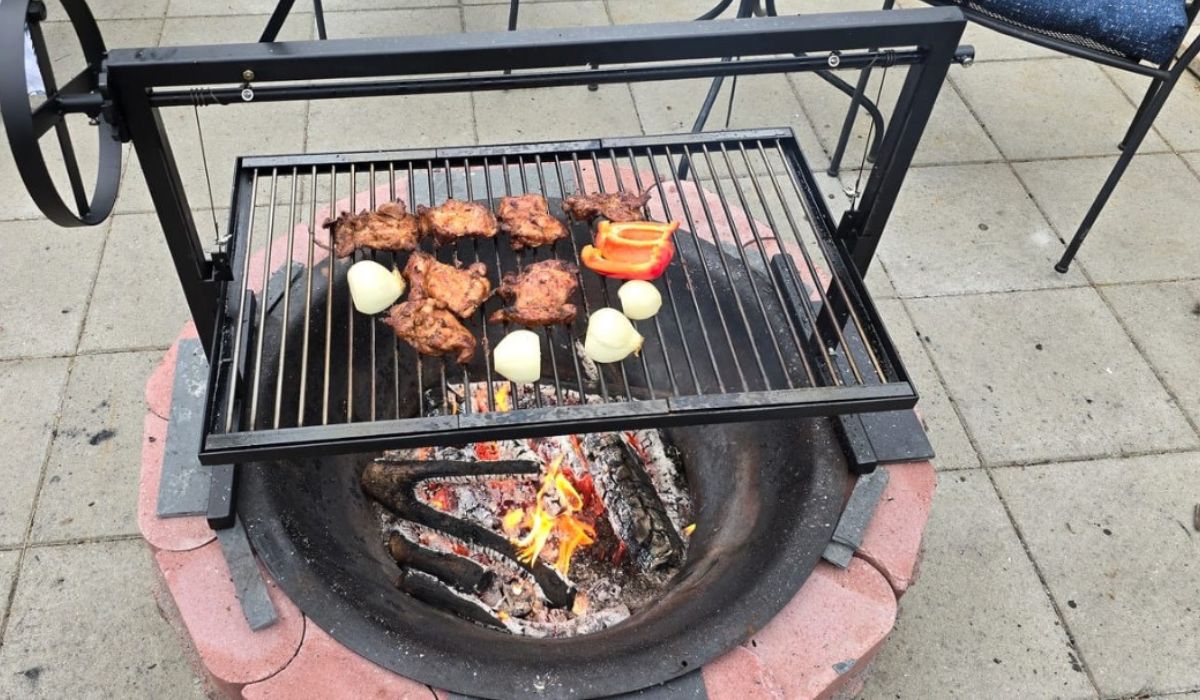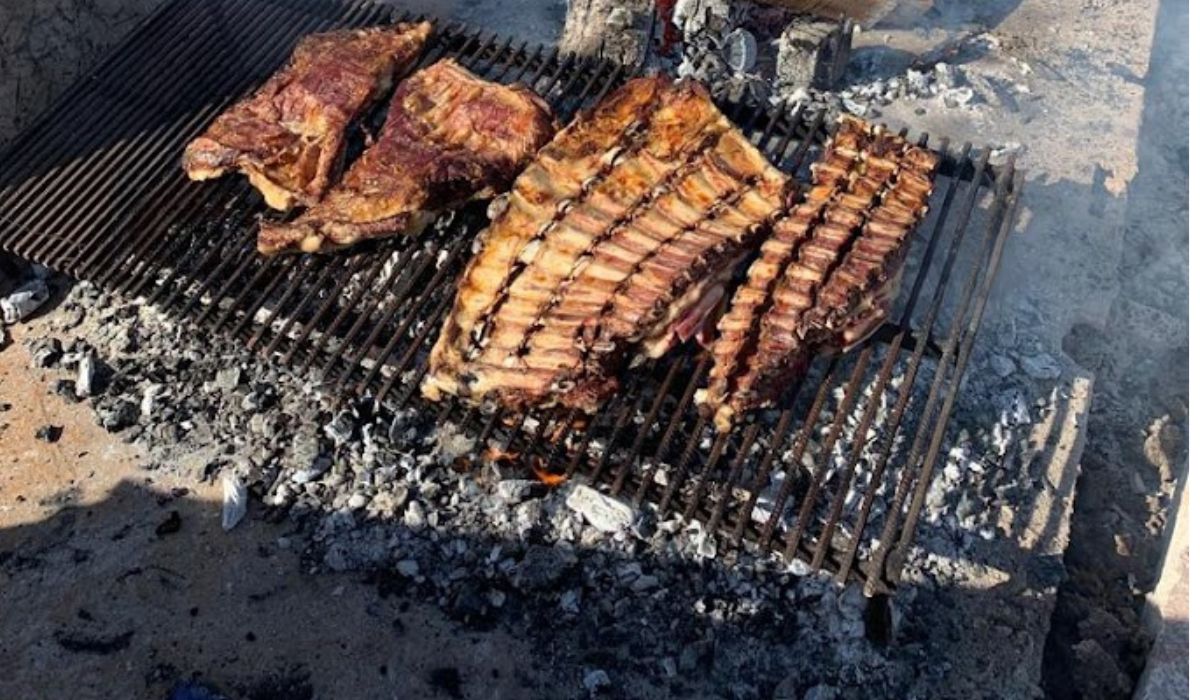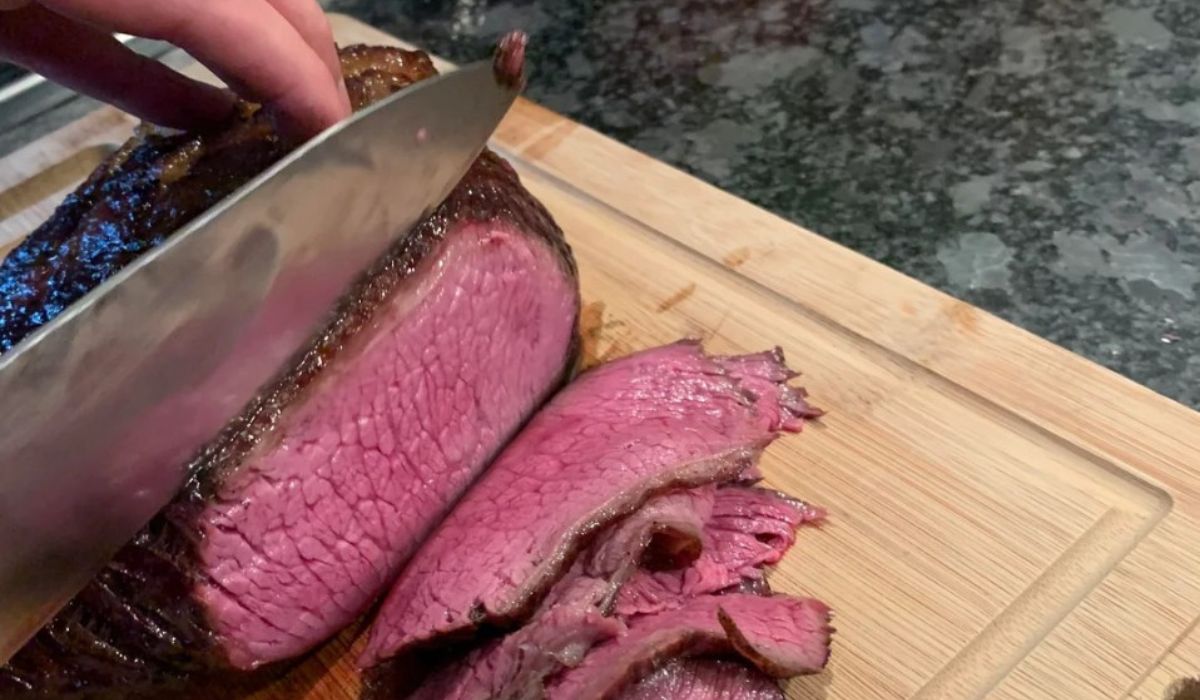
Pellet Grill vs Charcoal Grill: The Backyard BBQ Dilemma
There comes a day in every backyard cook’s life when a hard choice must be made: charcoal vs. pellet grills. It’s a crossroads! Moreover, one that could reshape the way you experience Sunday mornings, summer nights, and every gathering in between.
Choosing between these grills isn’t a decision to make on a whim. It calls for a bit of reflection on your lifestyle, flavor preferences, budget, and how hands-on you want to be with your fire.
Caught between the convenience of pellets and the primal satisfaction of managing a live fire? You’re not alone. But don’t worry: there’s a clear path forward, and we’re here to walk you through it.
In this guide, we’ll break down the pros and cons of each grill type and help you identify which one fits your grilling style.
So, grab a cold drink, step into the backyard, and get ready to fire up.
Pellet Grills: Technology Meets Convenience
Once upon a time, grilling was about survival. Today, it’s about enjoyment. Pellet grills embody that “set it and forget it” spirit to perfection, delivering the smoky flavor of real wood and the effortless control of modern tech.
At first glance, a pellet grill looks like a cross between a smoker and a convection oven. Using one is almost foolproof: set your temperature on the digital control panel, fill the pellet hopper, and press “Start.” From there, the grill handles the rest: an auger automatically feeds pellets into the fire pot, while a convection fan circulates heat and smoke for even, consistent cooking.
This system brings a level of precision and consistency that was formerly unknown, except perhaps by those owning a Santa Maria grill. Pellet grills fit seamlessly into modern lifestyles, offering dependable results without constant fire-tending, and making authentic BBQ accessible for beginners, busy professionals, and tech-savvy cooks.
Of course, there are trade-offs. Pellet grills typically max out around 450-500°F, which means they struggle to achieve the intense sear you’d get from a charcoal bed. Their smoke is lighter and cleaner, producing a gentle wood flavor.
Also, since they rely on electricity and moving parts, they require more maintenance and are more vulnerable to mechanical failure. Still, for many backyard cooks, that’s a small price to pay for push-button precision and consistent results.

Looking for a smoking-hot result? Check out our smoker vs. grill comparison guide.
Charcoal Grills: The Flavor Purist’s Choice
Unlike pellet grills, charcoal grills are all about tradition and hands-on experience. When you start a pellet grill, you simply push a button. But when you light a charcoal grill, you’re taking part in a ritual as old as cooking itself: you stack the coals, strike a match, and feel the anticipation build as flames come to life.
Charcoal grills come in all shapes and sizes, from open-frame Argentine grills to classic kettle and barrel models. Each design has its own learning curve, but all deliver unmatched versatility and flavor, as they can run on lump charcoal, briquettes, or even hardwood logs.
Where pellet grills excel at long, slow cooks, charcoal grills dominate in high-heat performance. They reach 700°F, making them perfect for searing. Still, they are not limited to it: by adjusting the coals or vents, you can create direct and indirect heat zones to handle thick cuts or cook multiple foods at once.
Of course, that control and flavor come with a little extra effort. Fire management takes time, especially for beginners, but it’s part of what makes charcoal grilling so rewarding. While a full outdoor kitchen or heavy-duty grill insert can raise the upfront cost, cart-style, portable, infiernillo grills, and kettle models make charcoal grilling accessible to anyone.
Compared to pellet grills, charcoal grills have a steeper learning curve. But if you crave that bold, smoky flavor from your childhood BBQs, love the crackle of searing meat, or simply enjoy tending the fire while swapping stories with friends, this is the purest, most rewarding way to grill.

Check out our beginner’s guide to charcoal grilling for tips, techniques, and insider tricks to help you grill like a pro. Master the basics with Gaucho Life.
Pellet vs Charcoal: Head-to-Head Comparison
By now, you may have already made up your mind (and your stomach, and your heart) about which grill suits you best. But out of BBQ sportsmanship, you might feel the other contender deserves one more shot to win you over. Or maybe you’re torn between two great choices and ready for a fair, side-by-side showdown.
Either way, here it is, the match of a lifetime, Pellet Grills vs. Charcoal Grills, head-to-head in six rounds: flavor, temperature control, ease of use, versatility, cost, and maintenance. Let’s get it on!
| Round | Charcoal Grill | Pellet Grill |
|---|---|---|
| #1 Flavor | Mild smokiness | Bold smoky flavor |
| #2 Temp. Control | Digital precision | Precise, but requires experience |
| #3 Ease of Use | Drop-dead easy | Learning curve +/- steep |
| #4 Versatility | Outdoor oven | Searing king |
| #5 Cost | Higher upfront | Budget-friendly options |
| #6 Maintenance | Fragile pieces. Easy to clean | Long-lasting. Messy ash |
-
Flavor. Pellet grills deliver a refined, subtle smokiness, gentler than charcoal’s bold edge. You can boost it with smoke tubes, flavored pellets, or robust seasoning, but it still won’t quite match the flavor that charcoal grills naturally produce.
-
Temperature control. Some of the best charcoal grills offer precise heat control, rivaling gas or pellet grills when managed by a seasoned asador. Open-frame models are intuitive enough for beginners, but may take practice to master. Pellet grills, for their part, deliver digital precision right out of the box.
-
Ease of use. With pellet grills, the toughest part is choosing your temperature. After that, it’s push-button cooking. Charcoal grills require more attention: lighting coals, managing vents (if any), and tending the fire. For many grillers, though, that hands-on process is where the appeal lies.
-
Versatility. A pellet grill excels at low-and-slow smoking, roasting, and baking. It’s basically a wood-fired convection oven outdoors. A charcoal grill thrives at high-heat searing but can adapt to indirect cooking, smoking, and roasting. Plus, you can choose between lump charcoal or briquettes, giving you flexibility in both burn time and flavor.
-
Cost. Unless you’re building a full outdoor kitchen, charcoal grills tend to be more budget-friendly. Pellet grills often have a higher upfront investment due to their mechanical components and electronics. Charcoal itself is also generally cheaper per pound than wood pellets, which helps lower long-term costs.
-
Maintenance. A well-built charcoal grill can last for decades with proper care: no motors, no electronics that break, just solid steel and fire. However, pellet grills produce minimal ash, making cleanup easier after each cook..
Both pellet and charcoal grills are strong contenders for upgrading your backyard BBQ game. But they represent two distinct philosophies: one built on precision and ease, the other on tradition and hands-on fire mastery.
So it’s fair to wonder: is there something that blends the simplicity of pellet cooking with the authentic flavor and feel of charcoal?
Spoiler alert: there is.
Beyond the Binary: The Santa Maria Grill
Santa Maria grills break free from the pellet vs charcoal grills dilemma, offering a unique blend of intuitive temperature control, powerful searing, hands-on experience, and head-turning design.
Born on California’s Central Coast in the mid-1800s, the Santa Maria grill began as the centerpiece of local cattlemen’s gatherings: open-fire cookouts where red oak logs fueled both the feast and the fellowship.
Typically, Santa Maria grills run on a live wood or charcoal fire, often red oak for that authentic Californian flavor. In essence, they belong to the charcoal family, but with a game-changing twist: a hand-cranked, adjustable-height grate that lets you raise or lower your food to control the heat’s intensity.
Thanks to these adjustable grates, Santa Maria grills are remarkably versatile, perfect for quick-seared carne asada, slowly smoked ribs, or even light smoking when you cover the grates with a hotel pan or lid.
Their open-frame design gives you visual and physical command over the fire, dramatically lowering the learning curve. No fan, no app, no guesswork, just you, the flame, and the satisfaction of mastering live-fire cooking with ease.
For a budget-friendly entry point, consider a Santa Maria grill insert, which brings that adjustable-grate magic to an existing setup. If you already own a charcoal grill, a Santa Maria attachment can deliver the same control at a lower upfront cost. Though keep in mind that standalone models tend to offer greater durability and long-term value.
Learn the how-to of the Central Coast’s signature cut, step by step. Here’s our 101 guide to master Santa Maria tri-tip.
Gaucho Life Grills: Craftsmanship and Tradition
Santa Maria grills strike the perfect balance between age-old tradition, smart design, and effortless control. Their height-adjustable grate alone delivers reliable results and a hands-on cooking experience that feels instinctive, but if you’re looking for a grill that truly elevates your backyard BBQ, the secret lies in the details.
At Gaucho Life, our Santa Maria grills are built for cooks who crave a raw, fire-driven experience, with the precision and craftsmanship that only well-engineered gear can provide. Here’s what sets them apart:
-
V-shaped grates. Santa Maria grills with V grates are designed to channel fat and juices away from the fire. By doing so, these grates prevent flare-ups and deliver a clean, even sear.
-
Brazier. An Argentine brasero firebox lets you generate new embers continuously, keeping a steady, consistent heat without taking up grill space. A must for true asado-style cooking!
-
Side plancha. Inspired by Uruguayan Santa Maria grills, the addition of a flat-top griddle expands your menu beyond steak: it’s perfect for veggies, seafood, or eggs alongside the main fire.
-
Quality materials. Each Gaucho Life grill is crafted from heavy-duty cast iron or high-grade stainless steel, combining durability with timeless aesthetics. Built to last a lifetime, they’re as striking as they are strong.
Want to take your backyard BBQs to the next level? Master fire-cooking like a pro with our grilling accessories.

FAQs
Still curious about how pellet and charcoal grills compare? Here are answers to some of the most common questions we hear. If yours isn’t listed, feel free to reach out. We’re always happy to help!
What’s the main difference between pellet and charcoal grills?
It all comes down to fuel and control. Pellet grills run on compressed wood pellets and use digital controllers to feed fuel and regulate temperature automatically. Charcoal grills, on the other hand, burn lump charcoal, briquettes, or even hardwood logs, and require you to manage the fire manually.
Which grill delivers better flavor?
If bold, smoky flavor is your goal, charcoal grills win. Pellet grills produce a lighter, cleaner wood flavor that can be enhanced with good seasoning or a touch of liquid smoke.
Are pellet grills good for searing?
Most pellet grills top out around 450-500°F, which isn’t ideal for a deep sear. Charcoal can easily reach 600-700°F, giving meat that rich, caramelized crust that locks juiciness in.
Are charcoal grills harder for beginners?
Managing charcoal grills can be harder for beginners at first, as most models require learning to manage airflow, vents, and fuel. However, gaucho grills and Santa Maria-style models make it easier, as they feature adjustable grates and visual fire control.
What’s the best option if I want both flavor and control?
The dilemma of pellet vs. charcoal grills can be solved by a Santa Maria grill. Go with a Santa Maria grill. It offers the live-fire flavor of charcoal with intuitive, adjustable heat control: the perfect balance between authenticity, flavor, and precision.
Fuel Your Fire. Ignite Your Lifestyle
Choosing between grilling styles isn’t supposed to be easy. And that’s a good thing, because grilling isn’t just about food or technique. It’s about lifestyle.
Pellet grills are perfect for those who value convenience, precision, and consistency over process. Charcoal grills, on the other hand, are for those who love the ritual: the fire, the smoke, the crust, and the craft. Sure, manual fire management takes time, but that’s part of the joy.
And for those caught between the push-button ease of pellets and the primal artistry of charcoal? Enter the Santa Maria grill.
It’s time to elevate your backyard BBQ. Explore our collection of argentinian grills and discover how a bit of iron and steel, shaped by craftsmanship, turns fire, flavor, and food into lifelong memories.
Fire up the asado experience with Gaucho Life.





Leave a comment
This site is protected by hCaptcha and the hCaptcha Privacy Policy and Terms of Service apply.